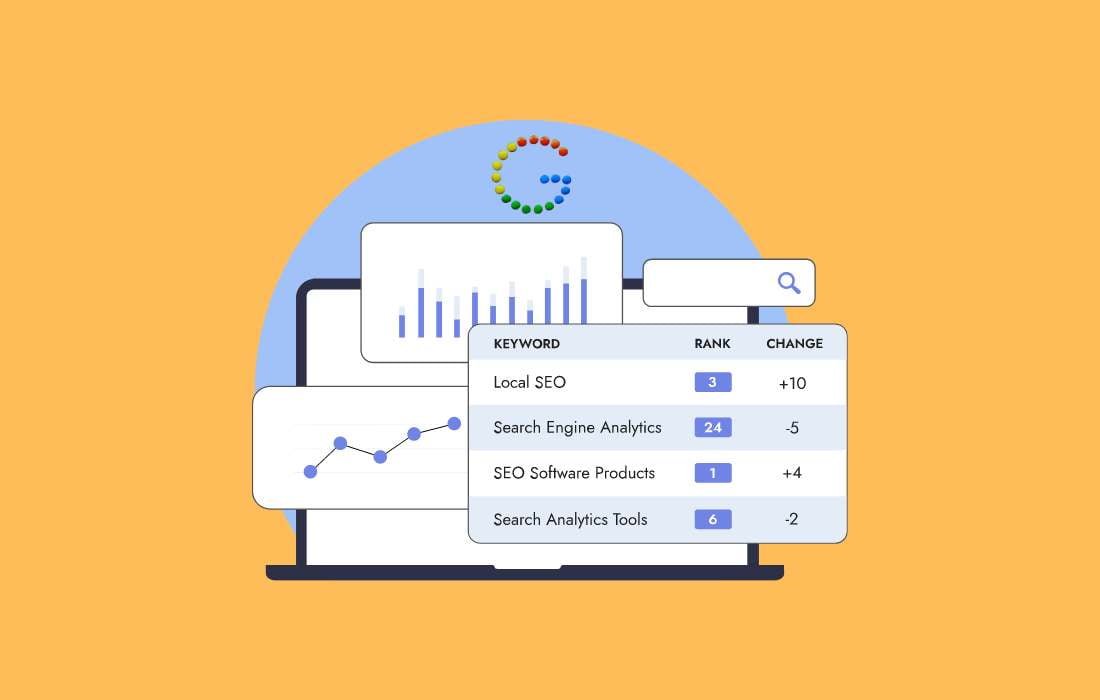Content and SEO go hand-in-hand. If you want your website to rank higher on Google and other search engines, the content you create is key. But how do you make sure your content is SEO-friendly? Let’s break it down.
Why Content Matters for SEO
Search engines like Google aim to provide users with the most relevant, valuable, and high-quality content. If your website offers this kind of content, it’s more likely to rank well in search results. In fact, content is one of the most important ranking factors. The more relevant and useful your content is, the better chance you have of appearing in top search results.
How to Create SEO-Friendly Content
Here are a few tips to make sure your content is optimized for SEO:
1. Focus on Keywords: Keywords are the phrases people use when searching for information online. To make your content SEO-friendly, you need to identify the right keywords for your target audience. Use tools like Google Keyword Planner or Ubersuggest to find these keywords. Once you have them, include them naturally in your content, headings, and meta tags—but don’t overdo it.
2. Write for Your Audience First: While it’s important to use keywords, don’t forget that you’re writing for people, not just search engines. Make sure your content is engaging, easy to understand, and answers your audience’s questions. Search engines love content that keeps readers engaged.
3. Use Clear Headings and Structure: Organize your content with clear headings (H1, H2, H3, etc.) so both readers and search engines can easily navigate it. Breaking up your content into sections makes it easier to read and improves SEO.
4. Create Long-Form Content: In-depth content that covers a topic thoroughly tends to perform better in search results. Aim for blog posts or articles that are 1,000 words or longer. However, make sure the content is valuable and not filled with fluff.
5. Optimize Meta Tags and Descriptions: Your meta title and description are what users see on the search results page. Make sure they’re catchy and include your target keywords. This helps search engines understand what your page is about and encourages users to click.
6. Use Internal and External Links: Internal links (links to other pages on your site) help users navigate your content and keep them on your site longer. External links (links to high-quality, authoritative sources) help build trust with your readers and search engines.
7. Optimize Images and Videos: Don’t forget to optimize multimedia elements like images and videos. Use descriptive file names and alt tags for your images, and make sure they’re not too large, as this can slow down your page.
8. Keep Your Content Fresh: Search engines favor sites that are regularly updated with new content. Make a habit of publishing new articles, updating older ones, and fixing any broken links.
The Bottom Line
Creating SEO-friendly content is all about balance. You want to make sure it’s optimized for search engines while still being valuable to your readers. Focus on quality, use the right keywords, and structure your content in a way that’s easy to read. By doing this, you’ll increase your chances of ranking higher in search results and attracting more traffic to your website.




